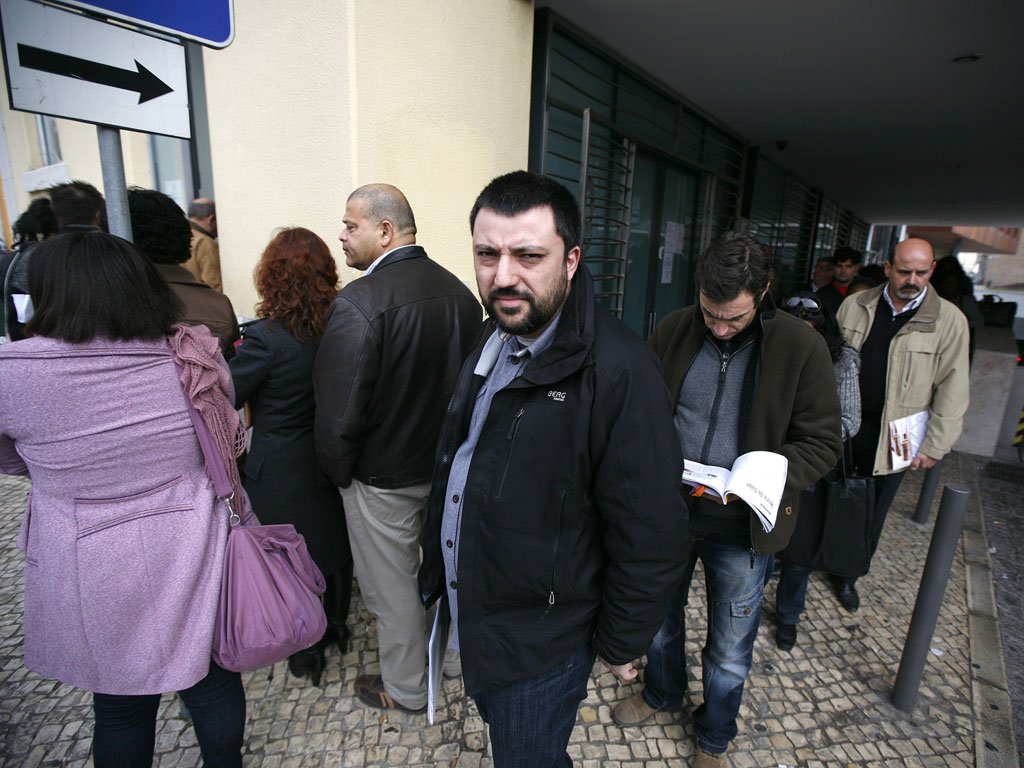To say the last decade has been difficult for Europe’s southern states would be an understatement. The global financial crisis and the great recession triggered a subsequent crisis in the eurozone.
The countries sometimes described unflatteringly as the Pigs–Portugal, Italy, Greece and Spain–were particularly badly affected, struggling to pay off government debts or to bail out over-indebted banks. Ireland was once included in this category, then the Pigs, but it is no longer regarded as being so, Verdict reported.
Emergency bailouts just about prevented these countries going under but left them with a brutal troika of interest payments to the European Commission, International Monetary Fund and European Central Bank.
Austerity measures, on which bailouts were conditional, crippled the economies of Europe’s southern states. Unemployment rocketed, spending dried up and investors fled.
Now, 10 years after the global banking system started to crumble, and more than five years after the peak of the eurozone debt crisis, how are Europe’s southern states faring?
The eurozone debt crisis forced companies to cut costs and restructure, in order to survive. Where the recession bit hardest so too did unemployment and Greece, Spain and Portugal all reported record numbers of people without work. At its highest point, in 2013, unemployment in Greece was at extraordinary 27.5%. Spain reached a similar level, with 26% of the active population unemployed while Portugal reached 16.4%.
For all three countries, 2013 represented a turning point, and the level of unemployment has been decreasing steadily. However, at 21.5% and 17.2%, Greece and Spain still have the highest unemployment rates across the whole of Europe. Portugal, more hopefully, has dropped to 9% unemployment.
While this is more than double the unemployment of the UK and US (4.3% and 4.1% respectively), it signals a return to the levels of unemployment seen in Portugal in 2007, prior to the global financial crash.
Italy has a slightly different story. While unemployment has stayed at lower levels than its neighbors, it has not exhibited the same marked decline since 2013.
As of 2017, the percentage of people who can’t find work is around 11.6%. Italy remains in significant financial difficulties, as well as political turmoil, and the state was forced to bail out two of its largest banks last year at a cost of more than €5 billion ($6.04 billion).


